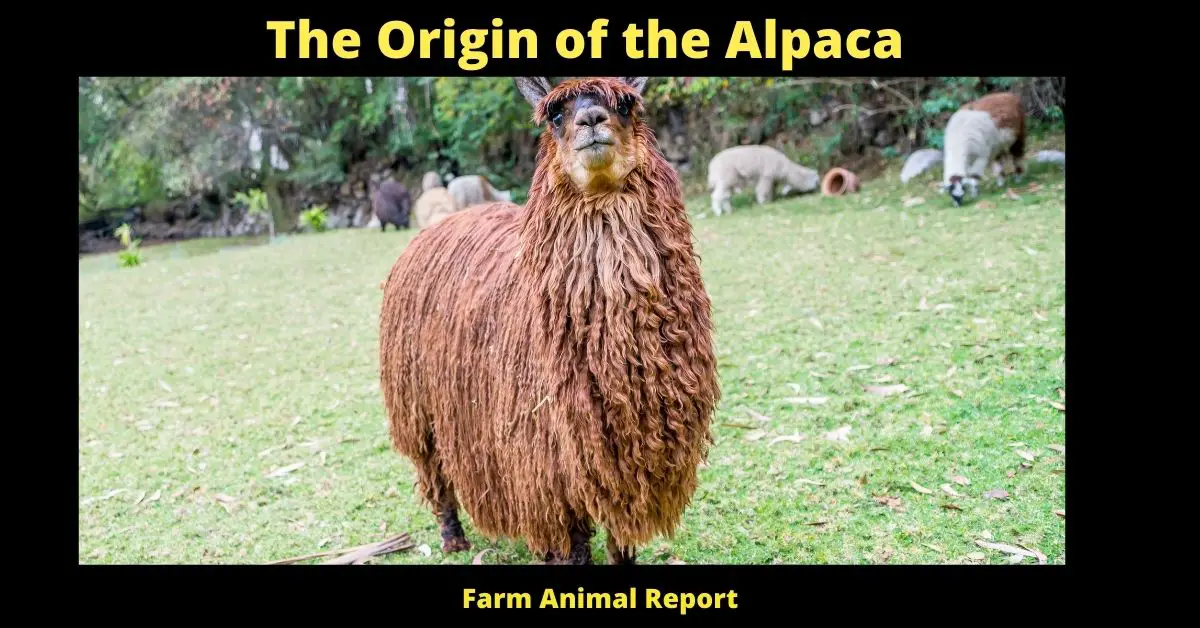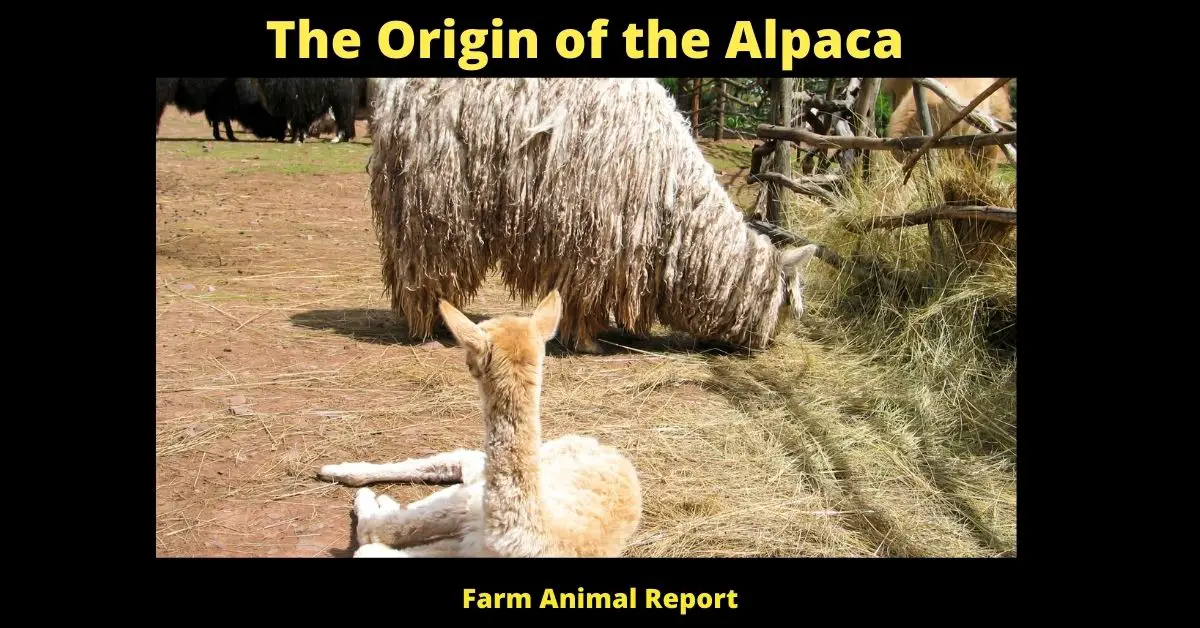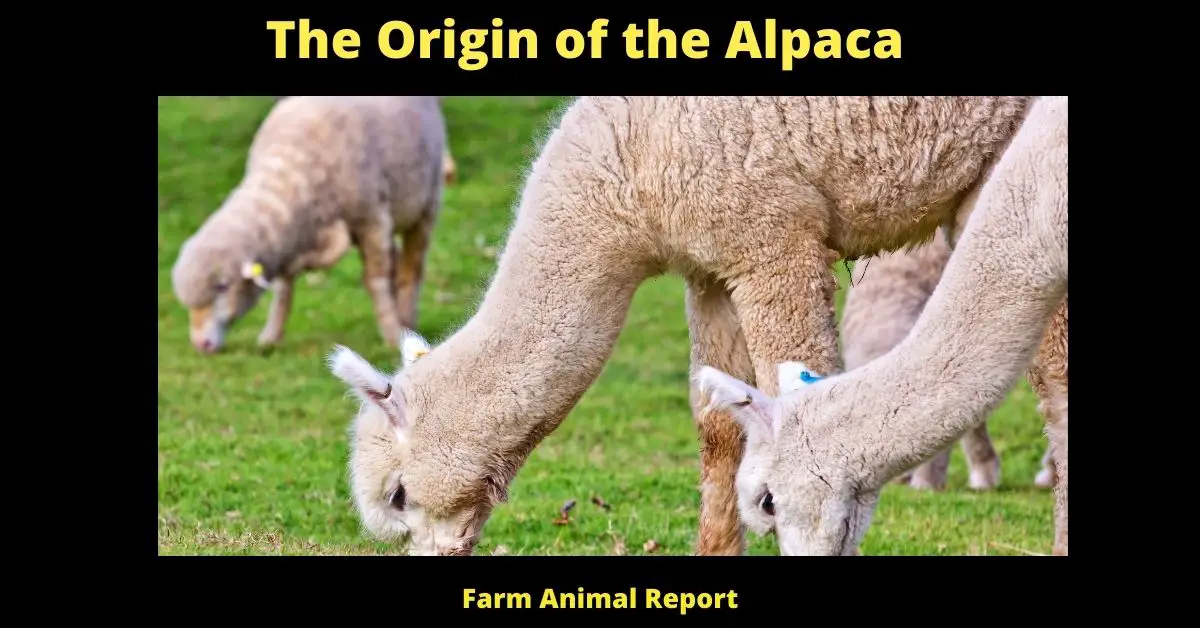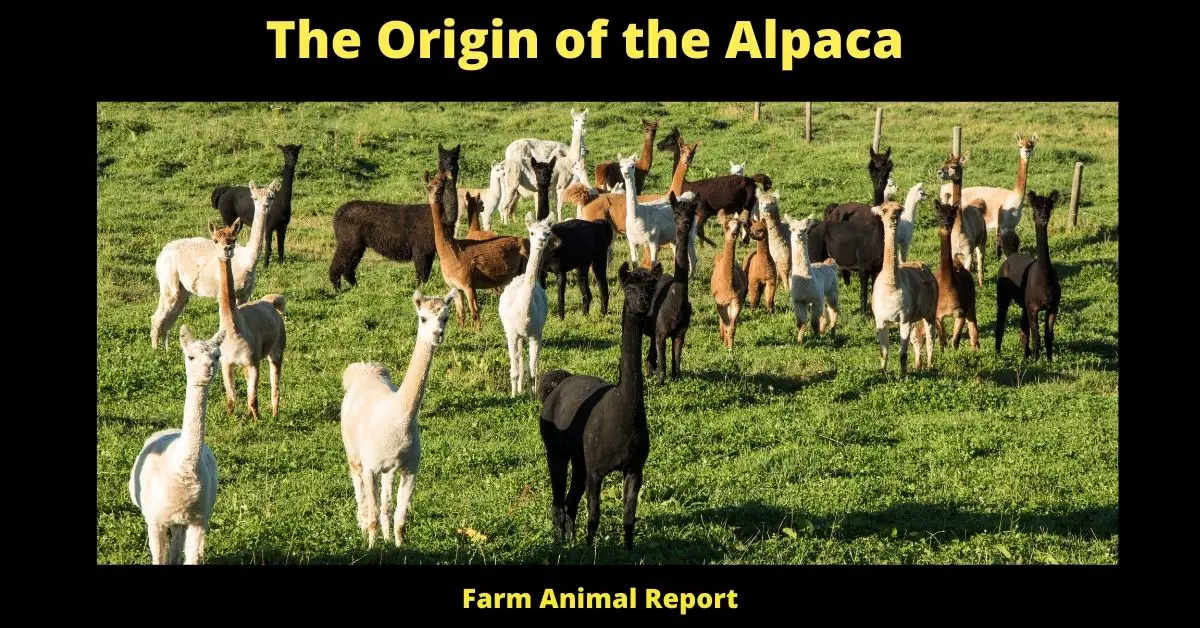The Origin of the Alpaca
Generally thought Alpacas originated in the highlands of Peru, where they were domesticated and used as a source of wool. They are also bred for their meat and to use in camelid fiber farming. Alpacas have been kept by humans for over 3,000 years!
Where do Alpacas come from?
Origin of the Alpaca – Alpaca is a member of the Camel family, and originates from South America. Two types of alpacas are found in Peru: Huacaya (with fluffy white fleece) or Suri with long silky locks down its back.
Alpacas have been domesticated for thousands of years by indigenous people including Incas and Aztecs. Alpacas live in herds, graze on native grasses, and mainly eat hay or pasture during the winter months.
Check Out Amazon’s Educational Resources for Raising Alpacas
Alpacas were prized by the Incas for their luxurious fiber which was used to make clothes, blankets, and other textiles that were traded throughout South America as well as with North American Indians.
Alpacas are social herd animals and live in family groups. They can breed at around 18 months old, but alpaca males (known as ‘Hombres’) don’t produce fertile sperm until they’re four years old or more! An adult female produces one cria (baby) a year which is weaned after five months and a mature alpaca can produce around five pounds of fleece a year.
18 ways Alpaca Farmers make Money
Alpacas are related to Llamas, which have been domesticated for thousands of years but also make great pets! They provide fiber, meat, hide/leather, and dung for fuel or fertilizer. On the other hand, Alpacas are bred for their fleece.

Spanish
Alpacas have a dark history where the Spanish tried to breed them with Llamas, but it didn’t work and they were nearly made extinct by the 1950s, but now there are over 30 million of them worldwide.
The Spanish killed off most of the Alpacas because they were valuable to the Incas.
Alpaca Meaning?
The name alpaca means “other than a camel, after the camel” in Quechua. The term alpaca refers to all types of animals that have been domesticated from South America but are not true camels.
The Alpacas live at high altitudes and they can survive up to 14000 feet above sea level! They eat grasses, shrubs, and aquatic plants.
The Alpaca is closely related to the Llama but it’s smaller in size. Both are domesticated species of South American camelids that have been used for thousands of years as a source of food, transportation, fiber production and more!
Alpacas come originally from Peru which is why they are also called Peruvian sheep. They can live up to 25 years and they reach a height of about 100 cm!
Now, alpacas have been exported in Australia where there has been the creation in 1994 of a National Alpaca Association for their promotion.
Alpaca scientific name?
The scientific name for the alpaca is “Lama pacos”. The first part of their scientific name, Lama, comes from a Greek word that means ‘milk bag’ or ‘udder’. It was thought to be because alpacas produce milk from their udders and they have large sacks where this milk is stored. The second part of their name, pacos, comes from the Latin word for white or pale-colored.
The alpaca are cousins to camels and llamas because they all belong to a group called camelid mammals. They can be found throughout South America in countries like Peru, Chile, Ecuador, and Columbia where they are now considered an important part of the national heritage.
One big difference between alpacas and llamas is that they are smaller in size, weighing about 100-175 pounds compared to a camelid mammal like a Llama which can weigh up to 440 pounds! Another major distinction between these two cousins is their diets – alpaca eat low amounts of low-quality food and their digestive system is designed to extract as many nutrients from the food they do eat. They will also eat twigs, bark, and even soil in some cases when they feel that there isn’t enough nutrition in just grass or hay.
Alpaca Habitat
The Alpaca lives in the Andes Mountains between 36°S and 42°S. This area is known as puna or altoandina, which are located at an average elevation of 4000m above sea level.
They are able to withstand temperatures from -20°C to 40°C.
Their herds can travel up to 50km in a day and they can live up to 20 years.
They can traverse mountains, high-altitude grasslands, and rocky terrain.
Alpacas are herbivores, they eat grasses and leaves. They also enjoy an occasional snack of fruit or grain.
The Alpaca is extremely smart and curious by nature which makes them very easy to train! These animals can be tamed easily if they are handled from a young age.
The Alpaca is a relative to the llama and camels. They can be domesticated for work, companionship or fiber production.
Alpacas are found in herds of about 100 animals that live together as one family unit with their young ones included! Each herd has its own social hierarchy which every alpaca follows.
Today, alpacas are raised for their fiber. Each year approximately one-third of the world’s cashmere comes from the Alpaca! It is also extremely warm and lightweight making it great to wear during colder seasons.
The coarser guard hairs are used in products like rope, carpets, and brushes while the softer undercoat is spun into yarn.
Alpacas are generally shy and gentle animals who tend to avoid contact with humans. However, they can easily be trained for breeding purposes by using food treats! Alpaca pregnancies last approximately 11 months which gives them a single baby known as cria that weighs between 15- 20 pounds at birth! These animals reach adulthood at the age of three.

Alpaca Lifespan
alpacas tend to live up to 18 years, with a herd life expectancy of around 12–15 years. In the wild, they can live for more than 20 [years|decades].
Their lifespan has been generally attributed to a combination of factors:
The alpaca’s thick coat insulates it from the cold. In addition, its large lungs and heart help circulate oxygen efficiently [throughout|across] their bodies under harsh conditions. Lastly, they have an incredible capacity for storing fat which allows them to live off these reserves during harsh weather.
The alpaca has a small head for its body size and long, narrow ears with distinctive protrusions at the tips of their ears known as “tassels”. The confirmation of the neck and chest varies by bloodline: some have an extremely broad chest while others’ are more slender or arched.
The alpaca has a long neck and legs, as well as wide flat feet with two toenails at the back of each foot. Their lower leg bones are slightly longer than their upper leg bones, making them walk on their toes (which is known as unguligrade). Toes have fur that allows snow to fall off.
Alpacas have a thick wooly coat that has two layers: an inner and outer layer. The intensity of the fiber within each strand is determined by its particular quality, length, and color (ranging from white to brown). Their coats vary in thickness according to the climate where they live and their individual genetics; for example, alpaca fur in Peru tends to be more coarse than their cousins in colder climates. There are two breeds of alpaca, the Suri alpacas and the Huacaya alpacas which have different types of fiber.
The coloration is generally white or black but some rare colors such as brown, grey, and a reddish hue can also be seen. Alpacas come in more than 52 natural colors and a variety of pinto patterns (known as “tiger spotting”).
Alpaca fleece is generally worth between $100 to $150 per ounce, depending on the quality. The average alpaca weighs around [200|240] pounds when fully grown.
Breeds of Alpacas
The alpaca (Vicugna pacos), like its cousin the llama, has been domesticated since pre-Incan times. It is one of only two species in the genus Vicugna and lives high up in mountains where they graze on grasses that grow there. Alpacas are cousins to camels and were bred for their fiber, not as beasts of burden like llamas. The alpaca is much smaller than the llama and has a shorter neck with no hump. They are very social animals that live in herds of up to 400 individuals, but can sometimes be solitary creatures when grazing or protecting themselves from predators. Though they are hunted by coyotes, cougars, and eagles they are not often preyed upon due to their large eyes that give them excellent night vision. The alpaca is much smaller than the llama and has a shorter neck with no hump. They are very social animals that live in herds of up to 400 individuals, but can sometimes be solitary creatures when grazing or protecting themselves from predators.
Suri Alpaca
Out of 3.7 Million Alpacas worldwide on 10% are Suri Alpacas. They are the most expensive Alpaca breed because their fiber is very fine, lustrous, and silky with a brilliant halo of curls that range from tight ringlets to open waves
Alpacas originated in South America, more specifically Peru where they were bred as beasts of burden for people living at high altitudes. They are known to be gentle creatures that can live up to 25 years old.
Alpaca fiber is soft, lightweight, fluffy, and lustrious which makes it great for people with allergies or sensitive skin. It’s also hypoallergenic since the scales on Alpaca fibers lie in different directions, and the fiber is less likely to bind with dust mites. Alpaca can be found in so many different textures and colors.
Alpacas are typically sheared once a year during springtime between April-May. Fiber farmers typically pay $50-$80 per animal for this service since they know that it will yield a 50% increase in fiber production.
Fiber farmers are called Huerfano’s who traditionally live at high altitudes where these gentle creatures can thrive. The huerfanos shear the Alpacas once they reach around 12 months old before molting season begins or after their first breeding season.
Alpacas produce two types of fiber: the coarse guard hair and a fine undercoat called “qiviut” in the native Quechua language. Qiviut is one of the finest fibers in the world, warmer than sheep’s wool and softer than cashmere ). The qiviut is typically harvested in the springtime when Alpacas are sheared.
Shearing helps maintain their fleece, reduces stress levels on the animal, and allows for easier identification of certain health problems. A healthy, well-maintained alpaca will produce between five to eight pounds of fiber each year. The fiber is typically measured in microns, the lower the number the softer and finer it will feel.

Huacaya Alpaca Origin
The population of 3.7 million alpacas worldwide 90% are Huacaya alpacas.
Huacaya fiber grows perpendicular to the body of the alpaca and is quite lustrous. It also has a silky texture and, compared to the Suri alpaca, it is much easier to care for as it does not have kinky locks of hair sticking out that need special attention when grooming.
Alpaca fiber is used for socks, mittens, and gloves as well as hats, scarves, and sweaters.
Alpacas are social herd animals that live in family groups or packs of up to 100 alpacas led by a dominant male.
Huacaya is the most common type found today because it’s easier to manage on farms. there are many Alpaca farms around the world where people can visit and learn about these amazing animals.
There are 22 colors and many different markings and patterns.
Alpacas are also used for their fine fiber to make clothes such as hats, gloves, sweaters and socks. Alpacas can live up to 25 years of age or even longer depending on the care given by humans!
Breeding programs for alpacas focus on maintaining the highest possible standards for fleece.
Final Thoughts
Raising alpacas is a very profitable and enjoyable hobby for many people. Alpaca farms today are found in every country and people can visit these farms to learn about these amazing animals and even go on alpaca farm vacations!
Alpacas are wonderful creatures that we should all be thankful for. If it were not for them, their fleeces would never have been developed into such a valuable product as they are today.


